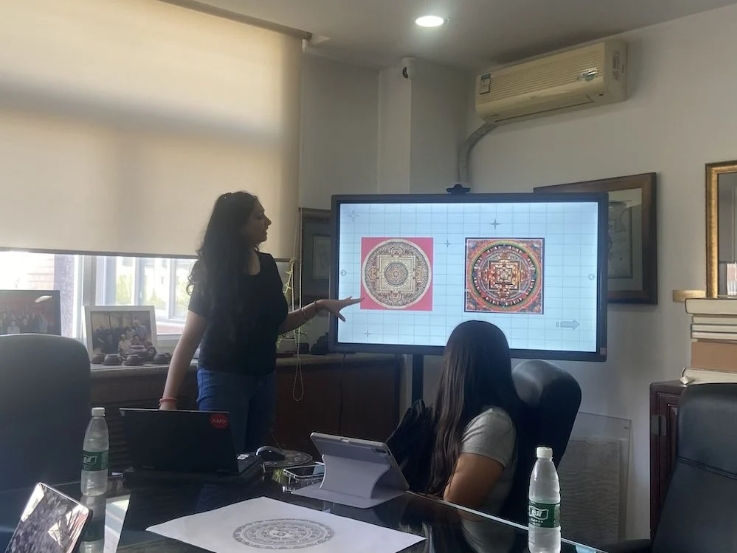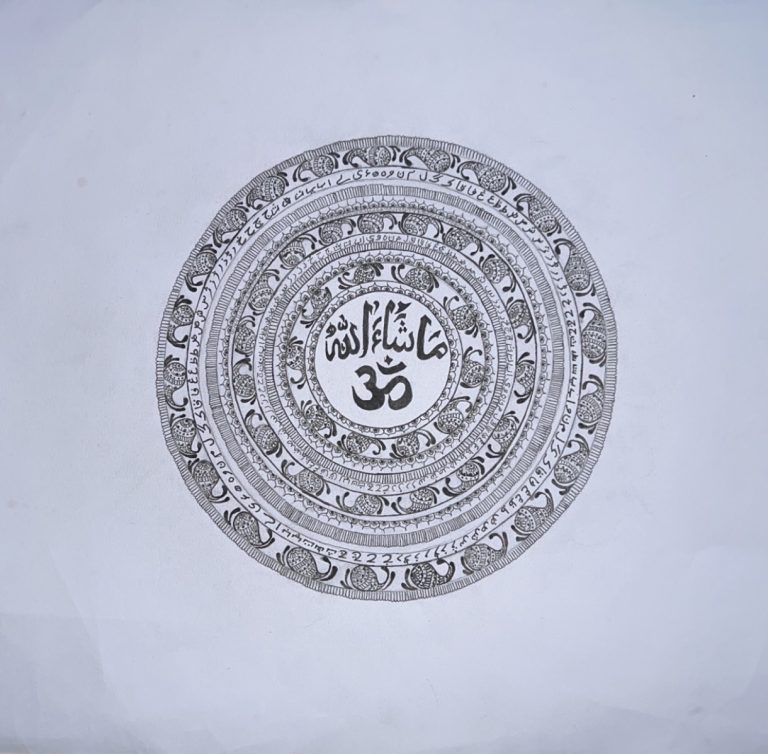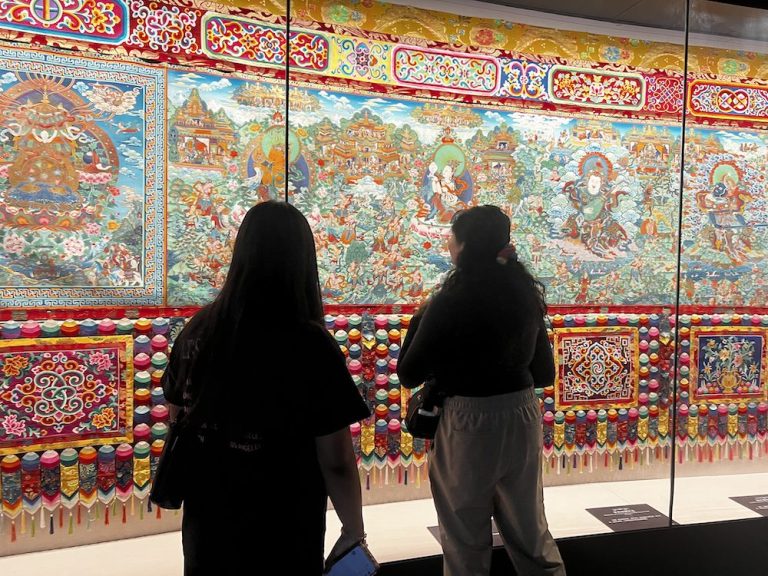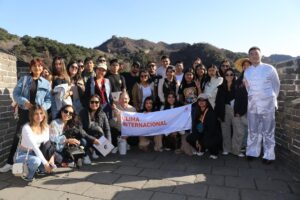
History and Hutongs: Connecting with Chinese Tradition through Handicraft
Snuff bottles represent a centuries-old cultural exchange between Europeans and the Chinese, where the import of tobacco products met the craftsmanship and artistry of Manchurian Beijing in the height of the Qing Dynasty. Manchu culture relished in entertainment and creature comforts, and snuff, being a mixture of ground tobacco and dried herbs, became very popular.




